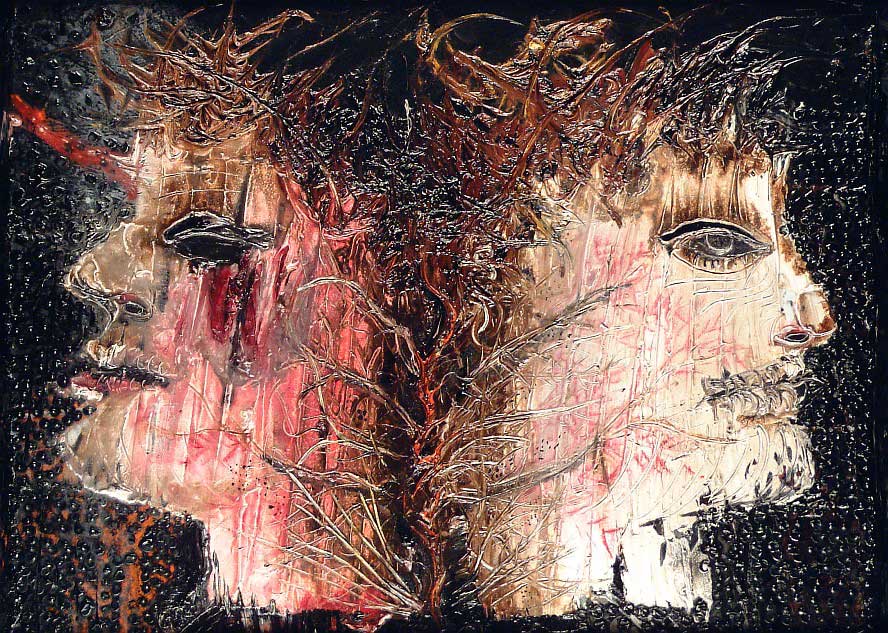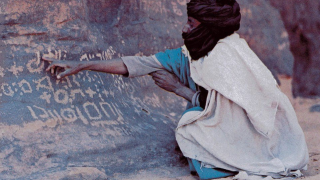Every year On 12 January, Berbers (also referred to as Amazigh) in Algeria celebrate the Berber and Agricultural New Year, as do their brethren throughout North Africa, from the Oasis of Siwa in Egypt to the city of Tanja in Morocco. This year’s celebration marks year 2965 according to the Berber calendar, which precedes the Gregorian calendar by roughly ten centuries. The holiday is locally dubbed “Yennayer,” an Amazigh word which is made up of two syllables: Yen, which means “one,” and “Ayer,” which means month. Names given to the first month on the Berber calendar vary according to region and dialect, with some calling it Imlalen and others calling it Aqouraren. The Berber New Year’s Eve, called Id usggass in the Amazigh language, is regarded is the beginning of the agricultural year.
English
The Berber New Year, Festivities and Legends
Mabrouk Boutagouga
Algerian Anthropologist/ Editor-in-Chief of Contemporary Arab Anthropologist Studies Magazine

Articles from Algeria
Fanon and the Psychology of Oppression and Liberation
We can’t talk about Fanon without grappling with his analysis of violence and the psychology of oppression, especially during the present era of destruction and death. What would Fanon say...
Twenty Years after the Invasion: Lessons of the Iraqi Tragedy
Saddam Hussein's silencing of any dissident voice deprived Iraqi society of essential debates on the country's fundamental strategic choices. By monopolizing political truth, despotism became the primary cause of a...
From Anti-Colonial Struggle to Mobilizing for Freedom: The Algerian Football of the People
Football stadiums have emerged as centers for popular mobilization and the production of politically-charged symbols that resonated profoundly in public opinion, transcending all social categories. In Algeria, the enthusiasm for...
From the same author
The Struggle of an Algerian Woman Anthropologist
Algeria’s history is permeated with women who are considered a personification of courage and heroism. Perhaps the first of them was Kahina, the Berber queen and military leader who...




